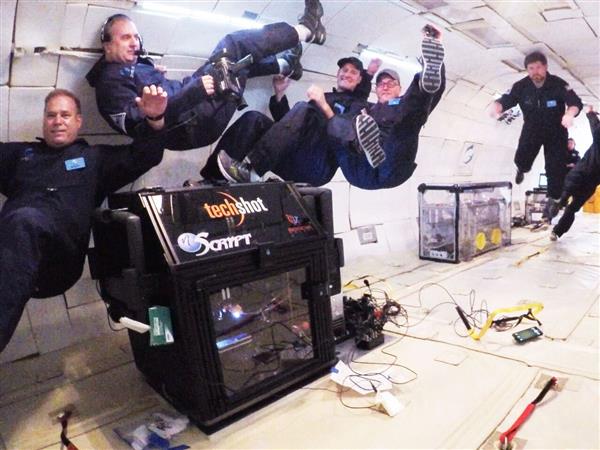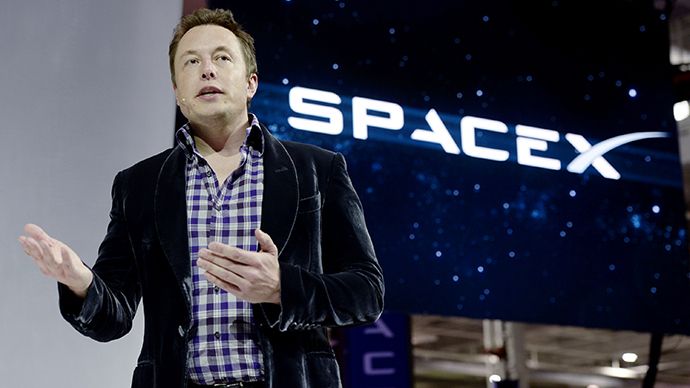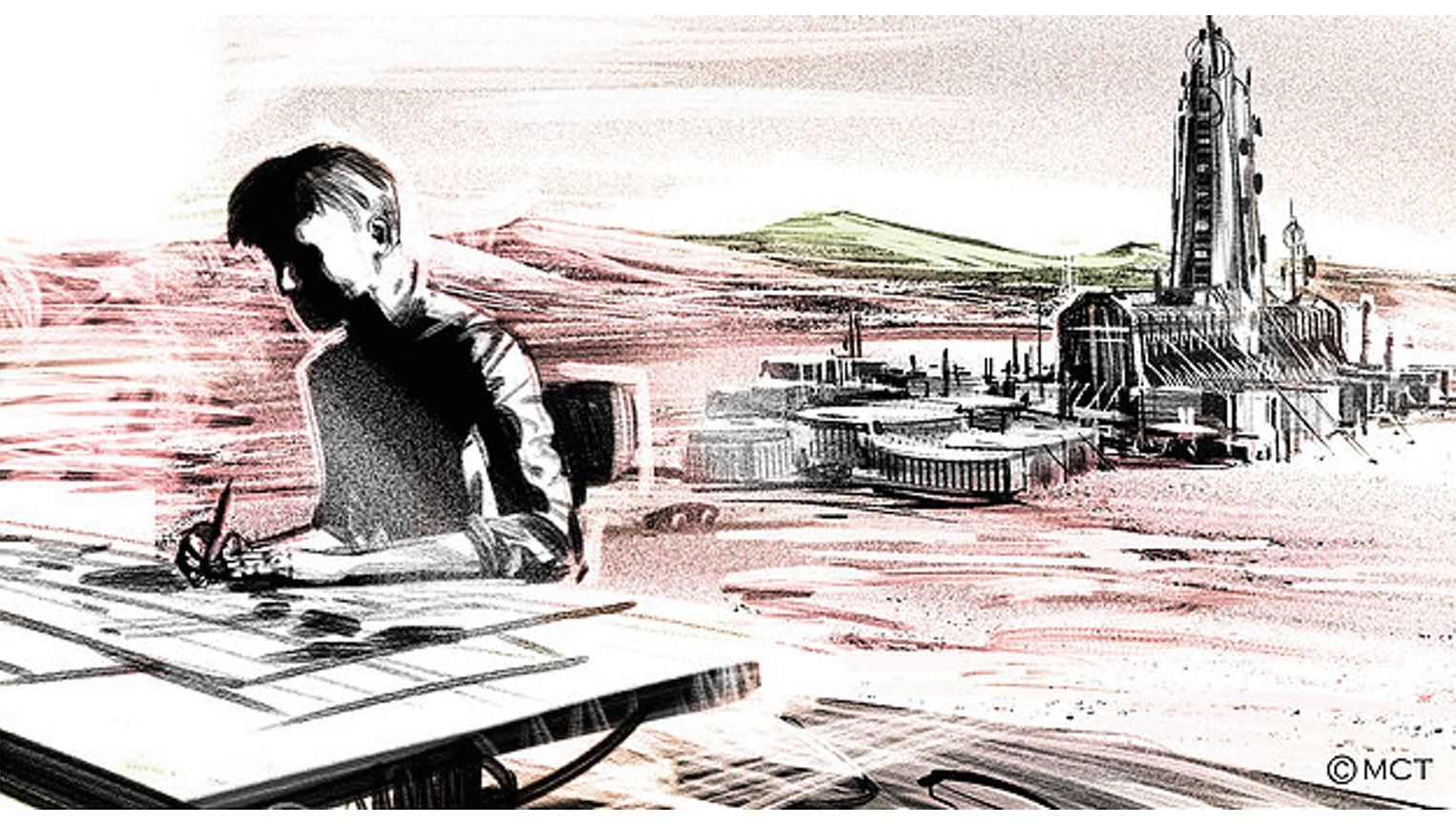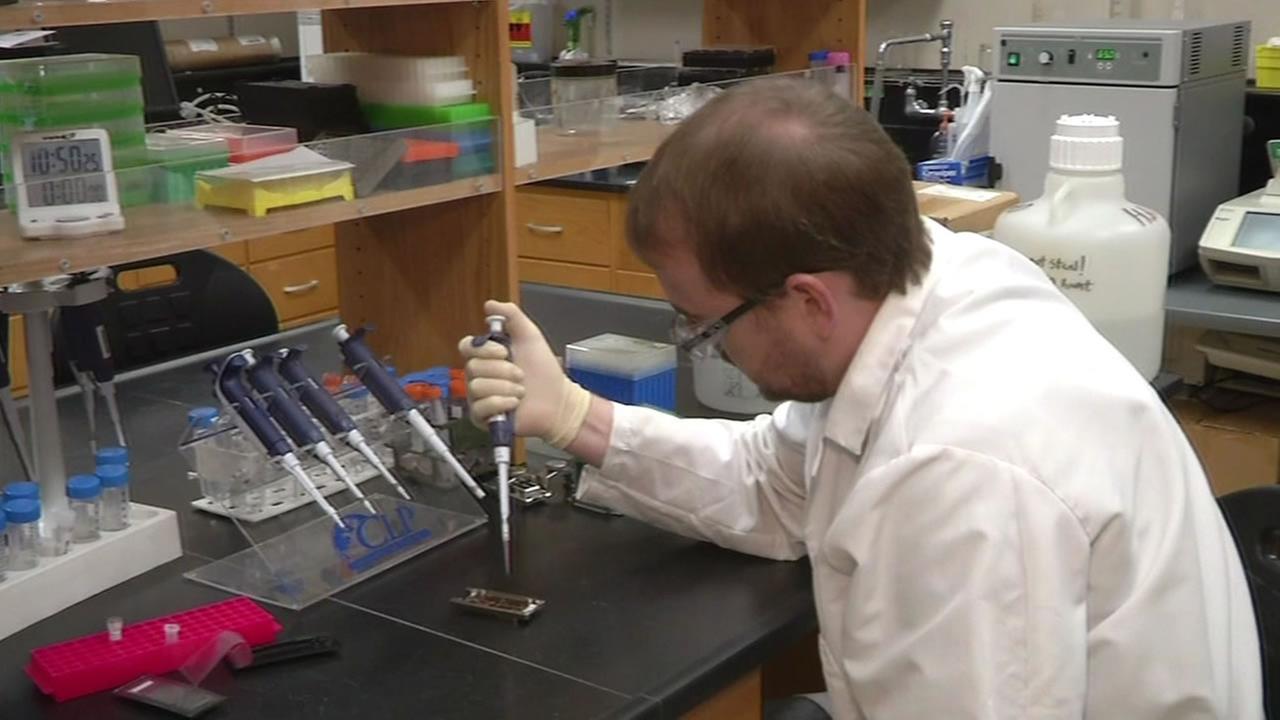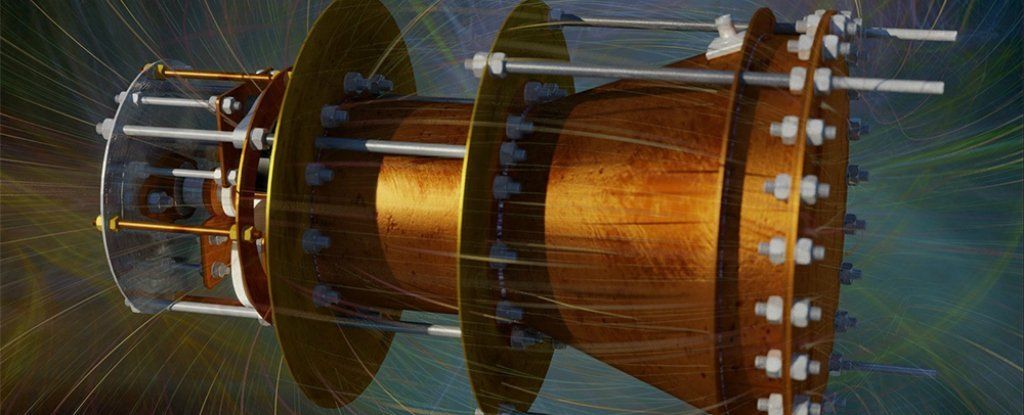NASA contractor Techshot have become the first to 3D print a heart structure in zero gravity using human stem cells. Together with 3D bioprinter developers nScrypt and bio-ink specialists Bioficial Organs they have successfully printed cardiac and vascular structures, and believe this could further 3D bioprinting efforts on solid ground.
Techshot have been developing technologies for NASA, SpaceX and other partners for more than 25 years. They have tech aboard the International Space Station among other places, and are also known for combining their aerospace specialism with the medical sector, having built the Bone Densitometer zero-gravity X ray machine.
NScrypt are responsible for building the world’s first 3D bioprinter back in 2003, and have been working on micro-dispensing and 3D printing systems for years. Also in the team was Bioficial Organs, which has grown out of the Cardiovascular Innovation Institute in Louisville, Kentucky, and specializes in organ 3D printing innovations.
